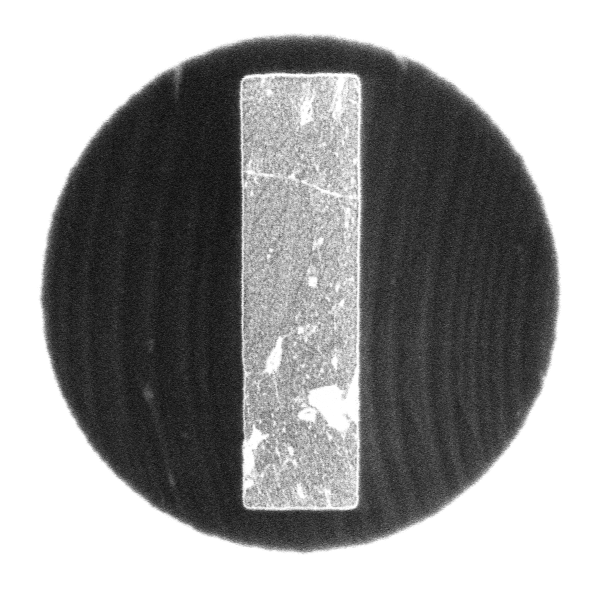Strain engineering of 2D materials

The extreme aspect-ratio of 2D materials makes them extremely sensitive to strain, which can be used to control their electronic dispersion in complex and exotic ways. For example, uniaxial strain configuration is known to change the band gap size in 2D transition metal dichalcogenoides, while definite strain configurations in Kagome lattice materials have seen the emergence of pseudo-magnetic fields , which act as real magnetic fields, yet with an inverted sign for the two pseudospins polarizations. The hexagonal honeycome lattice of graphene fulfills the requirement for the pseudo-fields, which have been measured experimentally quantified in random nanometric bubbles to be in the range of 300 T. In this context, we aim at realizing devices based on deterministic strain configurations and enable a rich and interesting physics for a wide class of 2D materials. The technological challenges to achieve this goal are complicated by the difficulty of having a strain profile which is tunable and can be adjusted to be optimized for the particular sample we are working with. While we demonstrated a good control on different strained graphene configurations by using differential pressure on circular and elliptical shaped membranes [1], our novel method relies on realizing polymer-based microactuators (artificial muscles) which can be contracted, for example, by irradiating them with a strong electron beam. Exploiting the cross-linking effects of PMMA, we realized uniaxial strain on a graphene membrane; by thermal effect, we relaxed the artificial muscles and implemented new strain configuration on the very same device [2]. The easiness and the wide applicability of the technique, together with the control of strain profiles on a nanometric scale, makes our artificial muscles perfectly suitable for acuating and control a wide class of 2D materials.
[1]
F. F. Settembrini, F. Colangelo, A. Pitanti1, V. Miseikis, C. Coletti, G. Menichetti, R. Colle, G. Grosso, A. Tredicucci and S. Roddaro,
Anisotropic straining of graphene using micropatterned SiN membranes,
APL Materials
(2016)
[1]
F. Colangelo, A. Pitanti, V. Miseikis, C. Coletti, P. Pingue, D. Pisignano, F. Beltram, A. Tredicucci and S. Roddaro,
Controlling local deformation in graphene using micrometric polymeric actuators,
2D Mat.
(2018)
Projects
- PRIN MONSTRE-2D